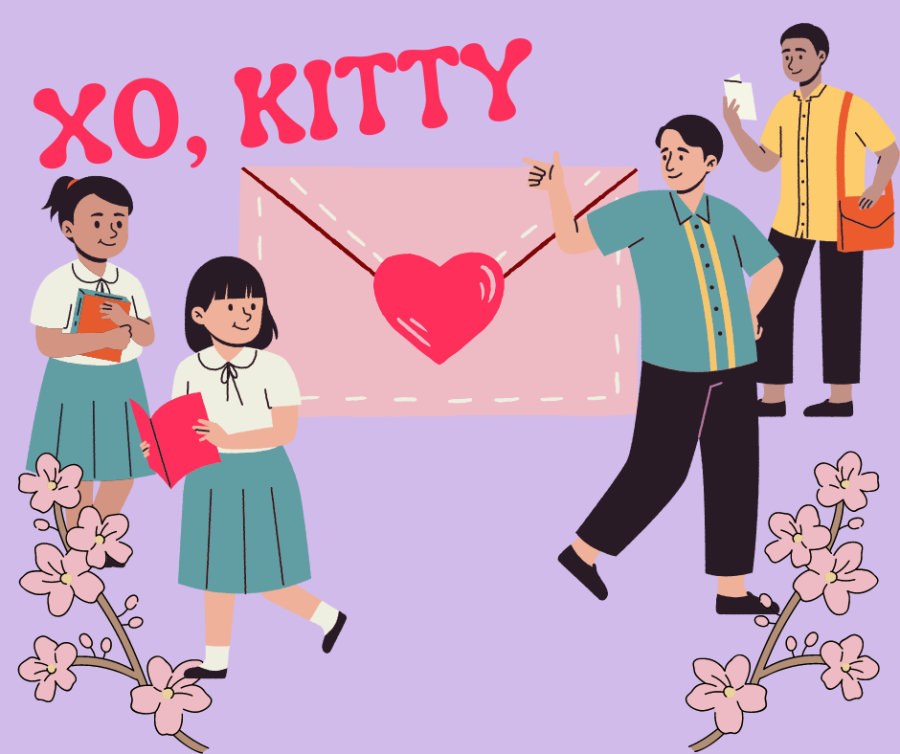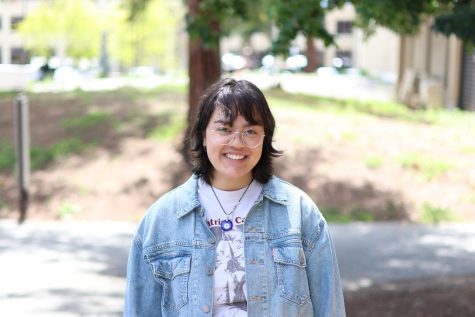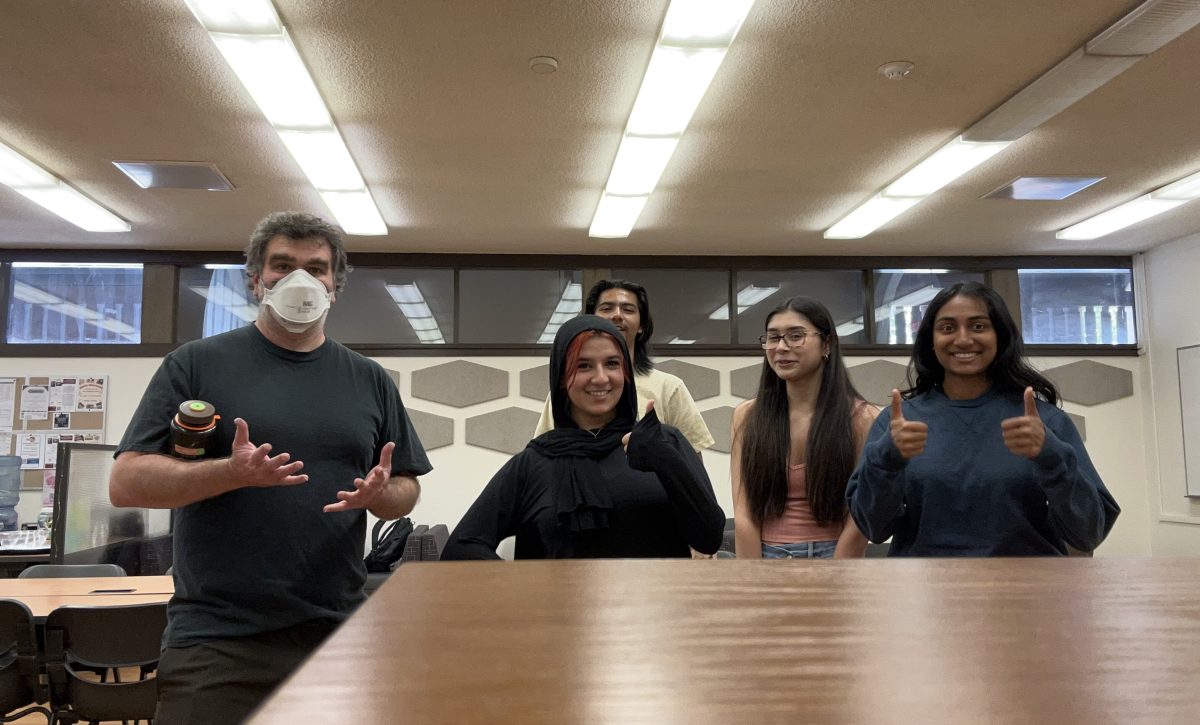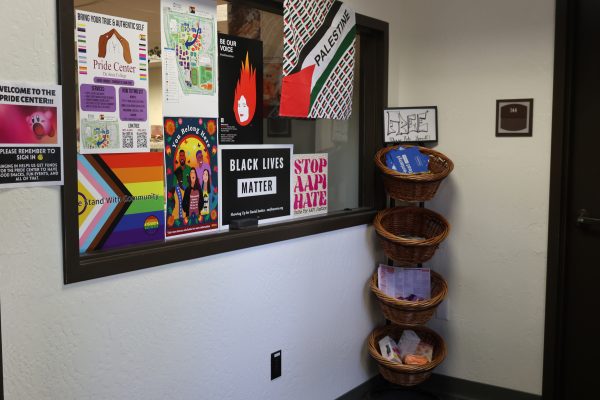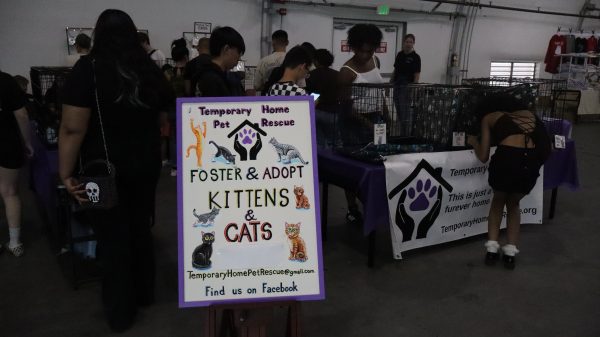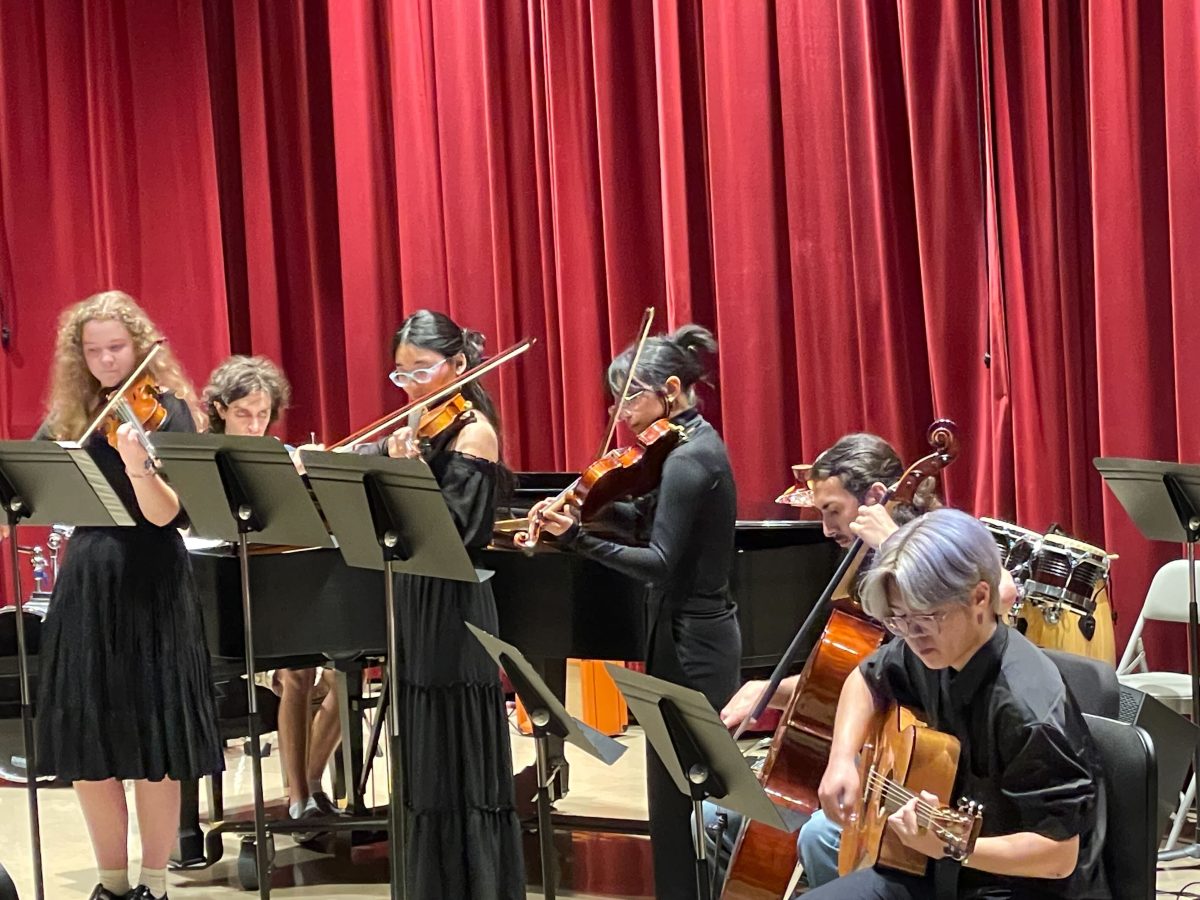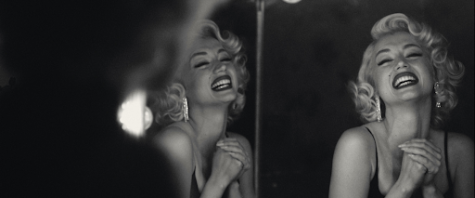Netflix’s new hit series ‘XO, Kitty’ shines with cultural diversity
June 16, 2023
Fake dating, enemies to lovers, long lost siblings and blossoming queer love are all in full supply in Netflix’s new hit limited series “XO, Kitty.”
The 10 episode limited series is a spin off of the 2018 film adaptation of the novel “To All the Boys I’ve Loved Before” written by author Jenny Han.
The original film starring Lana Condor as Lara Jean Covey was a coming of age romcom centered around an Asian American lead. Netflix followed up with two more films in the series including, “To All the Boys: P.S. I Still Love You” and “To All the Boys: Always and Forever.”
“XO, Kitty” follows the youngest Covey sister from the previous films, Katherine, or Kitty. No longer the sixth grade little sister, Kitty is now a junior in high school and is headed off to boarding school in Korea, the very same one her late mother attended.
Our leading heroine arrives to K.I.S.S. or the Korean Independent School of Seoul not only to discover more about her Asian heritage, but to visit her long distance boyfriend Dae who was introduced in the final film of the “To All the Boys” trilogy.
However, things are not as they seem. Once Kitty arrives in Korea, she is met with the truth: Dae is dating another girl.
Heartbroken, Kitty returns to her dorm only to find that she was misplaced and put in a dorm room with none other than her now ex-boyfriend Dae and his two best friends.
Despite the rooming mishap, Kitty quickly befriends her fellow American roommate Q, and starts a petty rivalry between her other roommate Min Ho, the son of a Korean movie star and socialite.
Deciding that leaving is the best option, Kitty packs up and plans to fly home when she is met with the main reason she decided to attend K.I.S.S. in the first place, connections to her late mother.
While going through old photo albums of her mom and attending school, Kitty is exposed to new truths connected to not only her mother, but to an unexpected family connection right under her nose.
The shenanigans continue as Kitty navigates her way through boarding school, understanding her heritage, her mother and ultimately herself.
Throughout the series, viewers will find themselves rooting for Kitty and her peers. The series eloquently captures adolescence and the changes everyone faces while growing up.
The show concludes with the viewer wanting more and the encompassing feeling that it is OK to make mistakes, that things might just work out in the end, but we never know if we don’t try.
Overall, the AAPI characters and use of Asian symbols and motifs throughout the show is a step toward inclusion and diversity that is much needed in the entertainment world.
Rating: 5 out of 5 stars



